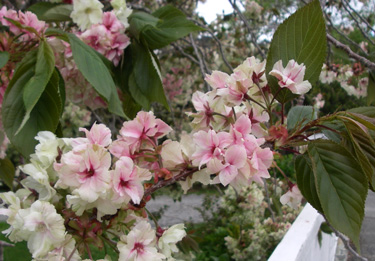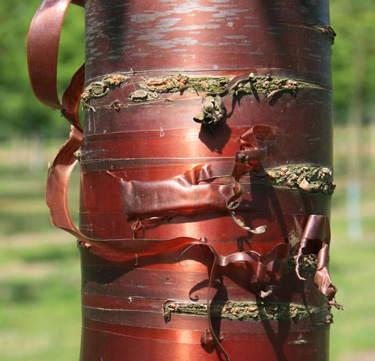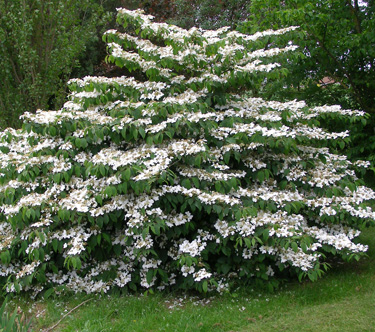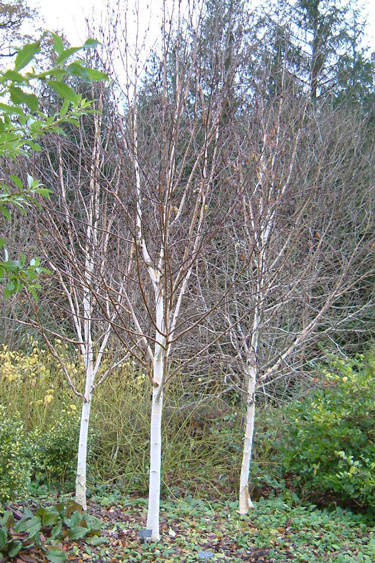4 top trees to plant in winter
Winter is the season of hibernation for some plants. It might be the same for some people but for the real gardener, hibernation provides the opportunity to do great things in the garden.
Deciduous trees are those that drop all their leaves once a year, usually before the arrival of winter. Most deciduous trees in New Zealand are exotic, that is from countries overseas and usually from the northern hemisphere. Few NZ native trees are deciduous except in certain conditions, for example the kowhai, wineberry and ribbonwoods – read more here about our native deciduous plants.
Deciduous trees provide shade and shelter in spring and summer, colour in autumn and allow light through in winter. As a landscape element, these trees add structure and texture. My favourite trees are those that can provide flowers in spring, foliage colour in autumn, textured and coloured bark all year round, and great form in winter that silhouette against the sky. Is there such a perfect plant?
My top choice would be a particular blend of flowering cherries - Prunus serrulata “Ukon” grafted onto Prunus serrula rootstock. Might sound like a tall order but I have grown one before. “Ukon” flowers are creamy white with a hint of green and mushroom pink, a most eye-catching shade that compliments the new coppery coloured leaves. Prunus serrula is not famed for its flowers but instead for glistening polished, red-brown mahogany-like bark. Put the two together and you have one stunning feature tree that excels with colour in spring, summer and autumn.
My second favourite deciduous tree is Cercis canadensis “Forest Pansy”. This delightful small tree (3m) has deep red heart shaped foliage throughout the spring and summer that only intensifies in colour in autumn. Small, deep-pink flowers appear on bare branches in early spring, and the slightly zig-zaggy nature of the branches adds to the winter appeal.
Viburnum plicatum “Mariesii” may be better described as a tall shrub but it is third on my wish list. It is broad spreading (2m x 2m), with layers of horizontal branches. The veined dark green leaves turn purple-red in autumn and white lace-cap clusters of flowers are borne along the length of the branches in spring and are spectacular. From a distance it is like looking at layers of snow on a forest.
And I can’t end without mentioning just one more - Betula utilis var. jacquemontii. This elegant silver birch has the whitest of bark and looks amazing when planted in a group or copse. Buttery yellow leaves in autumn and a tall wiry silhouette only add to its appeal.
During June and July, garden centres stock a comprehensive selection of deciduous ornamental trees. For the most part, these trees have been freshly dug from the open ground for sale either bare root or bagged. On purchasing, a bagged tree can be held for sometime before planting (but don’t wait so long that it starts to sprout!). But bare root trees should be planted immediately to prevent the roots from drying.
Planting is easy and rather than me repeating what’s already been done, you’ll find all you need to know here. So make the most of winter’s hibernation and plant some beautiful trees!
19-Jun-2015

Flowers and new leaves of Prunus 'Ukon'

Prunus serrula bark

Viburnum plicatum tomentosum 'Mariesii'

Betula utilis var. jacquemontii


